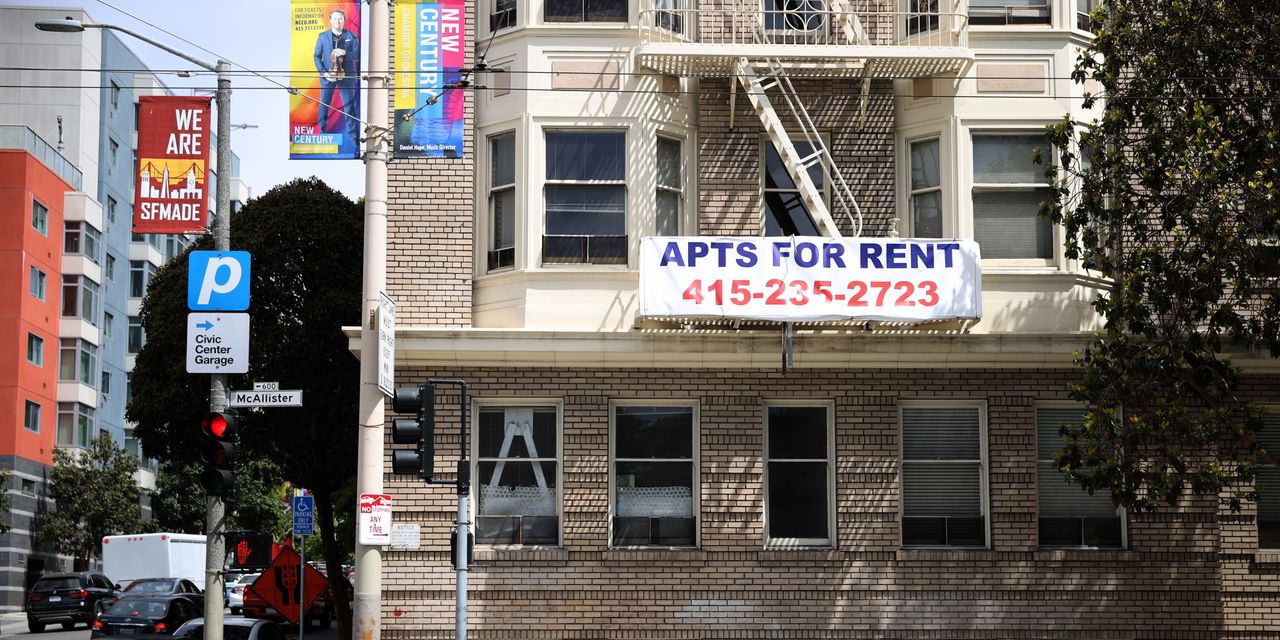Shelter inflation, or the pace of the rise in the cost of accommodation or housing in the U.S., is expected to “slow significantly” over the next year and a half, which may help the Federal Reserve return overall inflation to desired low levels, according to new research from the central bank.
“Changes in housing markets suggest pressure from shelter inflation could ease substantially,” the economists at the San Francisco Fed said in a new report.
“The forecasts we present … indicate that future shelter inflation may decline considerably, reflecting the signals of slowing in recent rental markets.”
At “a minimum, our results imply that the risk of surprise increases in shelter inflation has become significantly smaller with the rapid rise in interest rates since early 2022,” they added.
In the past 18 months the Fed has focused on its task of bringing consumer price inflation back down to 2%, by raising its benchmark interest rate to a 22-year high.
In June, consumer inflation was up 3% over the past year, with shelter accounting for 70% of the increase. Rents are up 8.3% over the last year.
With mortgage rates over 7%, as as result of the Fed’s interest rate rises, home buying demand has slowed considerably. The supply of housing is more complicated though, with a limited number of home listings, but a wave of rental apartments coming online is likely to push rents down.
About 376,000 apartments hit the market in the second quarter of this year, according to RealPage Market Analytics. And private-sector data used by the researchers, such as Apartment List, indicate that annual rent growth fell in July by 0.7%.
The Fed researchers stressed there were some a few caveats to the forecast. They noted that the range of errors is quite wide due to significant uncertainty in the forecasting models, and that the models are primarily based on data from the unusual pandemic period when home prices and inflation rose dramatically.
Read the full article here





